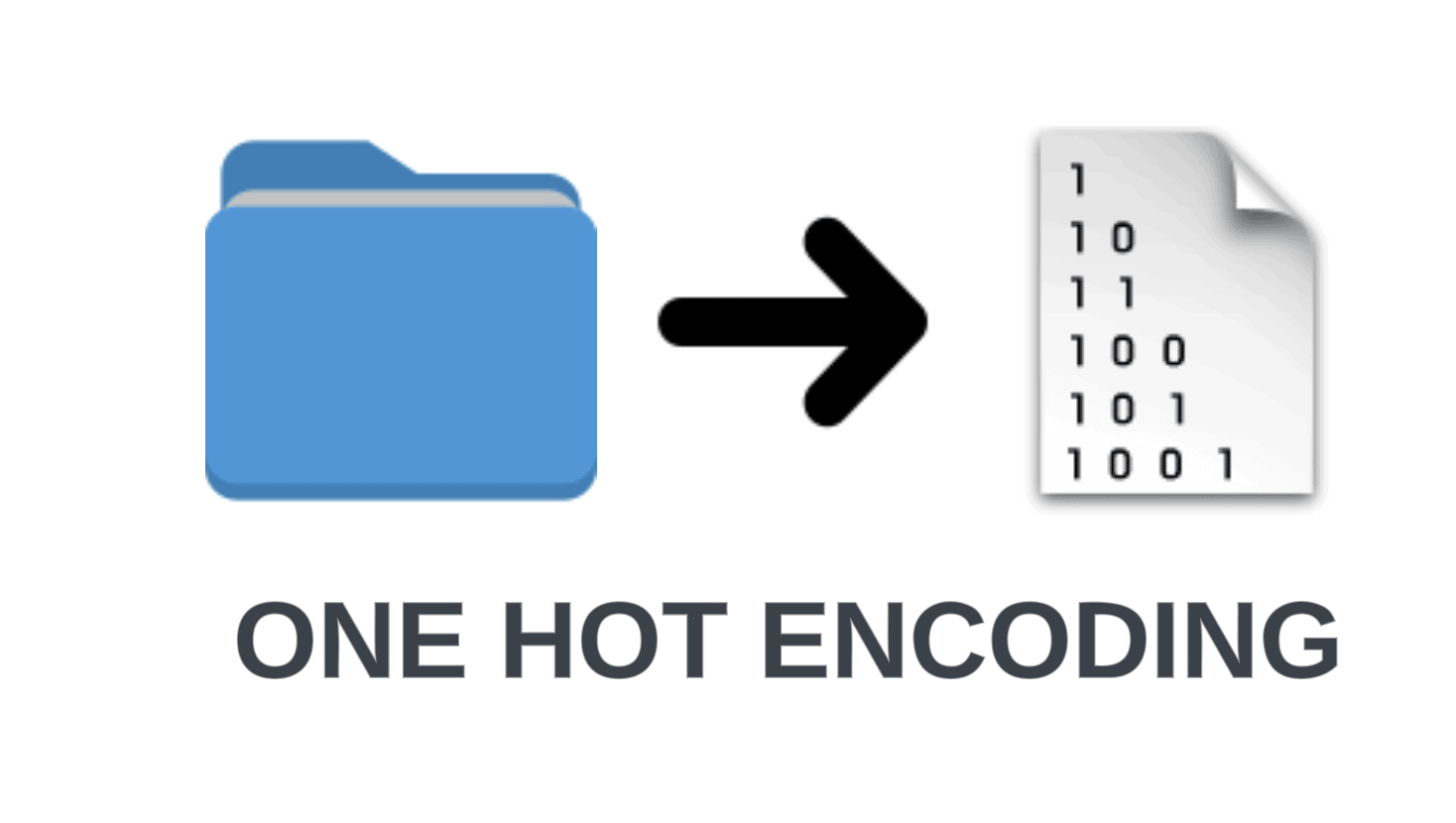Hold onto your credit scores, folks! Artificial intelligence is revving up to transform how lenders judge if you’re worthy of a shiny new line of credit. It’s a game-changer that could rewrite the whole playbook on financial trust.
Welcome to the future where your loan approval might hinge on algorithms that are more cryptic than your high school crush’s texts. AI is sneaking into the heart of credit decision systems, and it’s time we unpacked what this tech invasion really means for our wallets.
AI and the Credit Crystal Ball
So, imagine your credit report as a mixed tape of your financial hits and misses. Up until recently, humans at financial institutions played it on repeat to figure out if you were good for the money. But that’s old school now. We’ve got AI stepping into the mix—think of it as swapping out that tape for a Spotify playlist that’s constantly updating.
AI’s impact starts with mining deeper data than ever before, using not just what you’ve borrowed and paid back, but also how you shop, where you hang out online, and even whom you vibe with on social media. What does this mean? Well, it could either be your ticket to a swanky VIP loan lounge or an abrupt drop to ‘Access Denied’ land without clear reasons why.
And here comes the kicker: AI can learn over time. It feeds off patterns in big data like Pac-Man munching dots. This learning ability promises lenders a dazzling crystal ball view of potential risks and rewards when they consider your application—a prospective way forward that traditional methods would never catch sight of in their rear-view mirrors.
The Algorithmic Underwriting Shuffle
Step into the algorithmic underwriting jungle, and you’ll notice it’s a bit different here. Gone are the days when your credit fate was sealed by just a few financial footprints. Now, AI is like that friend who notices everything—from your punctuality in bill payments to how you splurge or save on Taco Tuesdays.
But let’s not just dance around the edges. This tech is dynamic, learning from patterns and outcomes at warp speed. What about those in the small business hustle? Picture this: Joe’s Garage applies for a 7(a) loan—traditionally, they’d sweat over paperwork and wait it out. But now, AI might quickly comb through Joe’s entire operation with digital finesse, giving lenders insights that could sway decisions faster than you can say “approved.”
However, don’t throw caution to the wind yet. With algorithms getting cozy with our financial profiles, there’s a fair bit of debate on transparency and fairness. Algorithms are hush-hush about their decision-making process—it’s all proprietary secret sauce stuff—which means understanding why one person gets to roll in dough while another faces rejection can be as puzzling as quantum physics.
Dodging the Bias Bullet
Alright, let’s cut to the chase. AI coming for credit decisions sounds super slick on paper—a digital Sherlock Holmes for your finances. But what about bias? You know, that pesky issue where some folks get a raw deal because the computer went all side-eye based on skewed data.
Here’s the lowdown: AI is only as unbiased as the data it munches on. Feed it a balanced diet of diverse financial behaviors, and you’ve got yourself a fair player in your corner. But life ain’t always that neat. Sometimes, AI might chow down on biased historical data, and whoops—now we’ve got automated systems inadvertently dishing out unfair credit outcomes like they were last season’s flyers.
Getting ahead of this means keeping those algorithms transparent and accountable. If they’re gonna make or break people’s dreams of scoring sweet loans or premium credit cards, then it’s crucial we understand how these digital decision-makers tick. After all, nobody wants an invisible gatekeeper with unpredictable moods dictating their financial fate without at least having a say in how judgment day goes down.
Final Thoughts
In essence, AI’s dive into the lending pool could either splash us with opportunities or dunk us into murky waters of confusion and bias. It’s a balancing act between embracing cutting-edge efficiency and safeguarding fairness. As we navigate this shift, it’s critical to keep those algorithmic wheels well-oiled with clarity and equity.
If you want to read more articles like this, check out this one.



